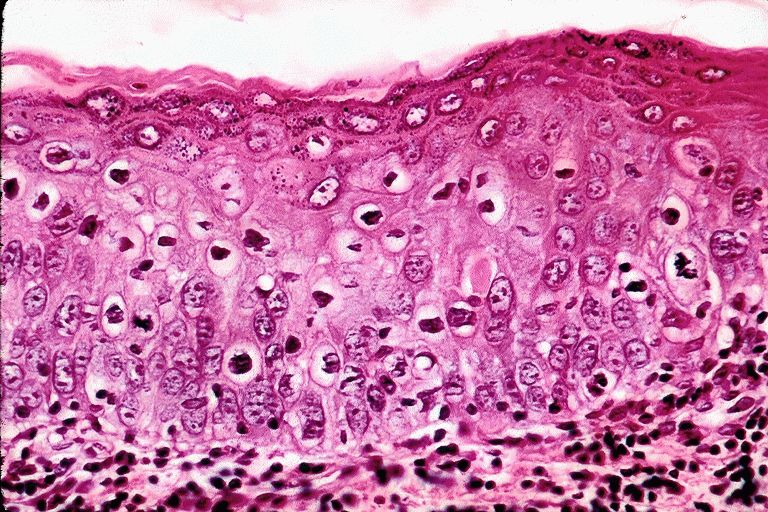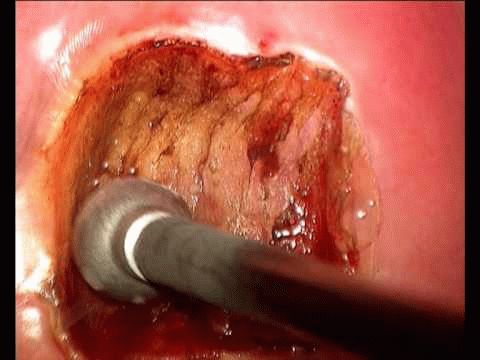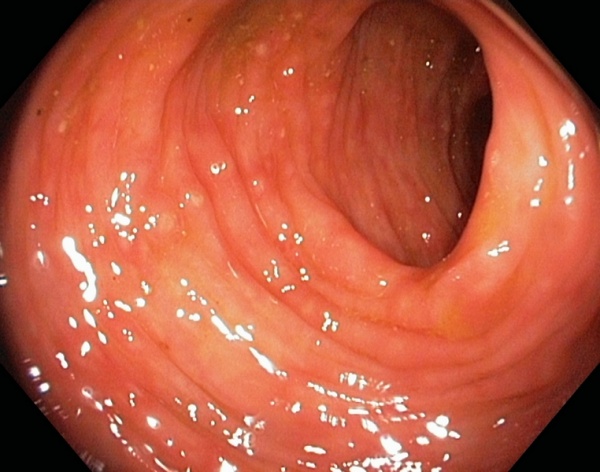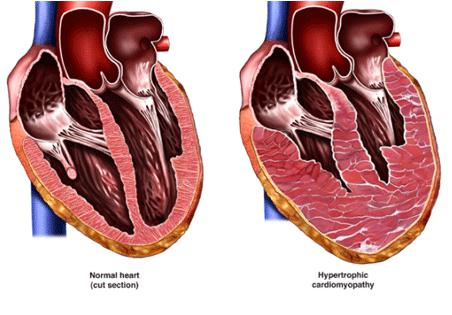Treatment of dysplasia
Dysplasia is usually called a violation in the work of cells in the structure of human tissue. Bone tissue, epithelial cells (mucosa, skin) are affected. Most often, dysplasia of the hip joints and cervix occurs. The advanced stage of skin dysplasia carries the development of oncology, changes in bone tissues lead to human disability.
Depending on the affected area, the degree of development of the disease, the nature of the treatment of dysplasia is chosen.
Dysplasia of the skin, epithelium
The disease affects the upper layers of the epithelium, it also affects deep structures, bringing a complete disruption in the structure of cells. More often, the disease is caused by the human papillomavirus, which has an oncogenic nature. Viruses are sexually transmitted.
The type of dysplasia is insidious in that it is almost asymptomatic, it will be possible to capture the disease in time only, without neglecting preventive trips to the gynecologist every six months. The doctor prescribes tests, determines the degree of the disease, if any, and decides how to treat dysplasia.
Treatment of dysplasia depends on the degree of neglect of the disease. First of all, it depends on the strength of the damage to the epithelial cells:
- 1 degree, weak. Cervical intraepithelial neoplasia I (CIN I) is diagnosed if, during examination, only the lower part of the epithelium, 1/3 of the flat layer, is changed. Changes in the structure of cells are minimal. In the first stage, the disease is completely curable.
- Grade 2, moderate. CIN II diagnosis code. The second degree is characterized by damage to 2/3 of the epithelial cells. As a rule, areas of the lower and middle layers of the mucosa are affected.
- Grade 3, severe. CIN III diagnosis code. At the next stage, all layers of the cell epithelium are affected. A serious and dangerous stage, develops into the initial stage of cervical cancer. Histological examination does not put invasive cancer, changes do not affect the area of blood vessels, muscles and nerve endings.
With 1 and even 2 degrees of severity (mild dysplasia), doctors usually advise young patients to be monitored every 3-4 months in the form of cytological studies. The body copes with dysplasia on its own, using the resources of the immune system, introducing the disease into the stage of regression.
If the patient is not young or laboratory tests have confirmed the diagnosis twice, the doctor decides on the appointment of treatment.

Conservative treatment of dysplasia:
- Immunomodulators are prescribed for repeated manifestations of dysplasia, to increase the body's resistance to the disease and as an addition to the full course of treatment with extensive development of dysplasia.
- Orthomolecular therapy includes medications that help restore the normal functioning of all types of cells.
- Inclusion of herbal and organic preparations: mineral waters, salts, salt baths. Showing ointments based on herbs, herbal infusions with anti-inflammatory and antitumor, antiseptic effect (chamomile, St. John's wort, eucalyptus, motherwort, sea buckthorn).
- Local treatment: douching, treatment of the affected area with antibacterial agents.
Surgical treatment has a high percentage of efficiency - 85-95%. The type of intervention is divided into subtypes, which are selected in accordance with the stage of neglect, taking into account the state of the patient's body and age. If there is a disease of the cervix, the fact of preservation of childbearing function is taken into account. Physiosurgical treatment and knife surgery have been developed.
Physiosurgical treatment is understood as the impact on the affected area with special radio, heat, electro, cryo devices in order to stop the growth of the affected area of the epithelium. All methods represent cauterization of dysplasia in different ways; dysplasia areas are excised during the action. Cauterization of dysplasia with a laser is recognized as a positive method. With the help of manipulation, the infected part of the epithelium is removed. When cauterized by a laser, there are no scars and scars, which is good for erosion and dysplasia of the cervix. As a rule, complete healing occurs after 2-3 weeks, during which the patient is under the supervision of doctors to exclude relapses. Which cauterization of dysplasia to choose (with a laser, heat or cold), the doctor determines, taking into account the patient's age, body type, gender, body condition at the time of exposure.

Knife intervention involves actions with an ordinary scalpel. Usually excised part of the affected tissue. The method is chosen at the last degree of dysplasia, when conservative treatment did not help, and after the physiosurgical effect the disease returned. The issue of amputation of the area affected by dysplasia is being resolved. If cervical erosion is present, either part of the cervix or the entire uterus is amputated. This is done to prevent dysplasia from spilling over into invasive cancer. The operation is performed under general anesthesia. Spinal or epidural anesthesia is allowed.
folk methods. Treatment of dysplasia with folk remedies acts solely as an auxiliary to that prescribed by a doctor, it must be discussed in advance. Dysplasia of the skin, epithelium is a serious disease that cannot be cured using mainly folk remedies. Together with the current course of treatment prescribed by the doctor, the funds will be a good help.
A lot of traditional medicine recipes are described, with the help of which it is permissible to try to treat the destruction of the skin. Examples:

The listed methods of traditional medicine can be used with 1, 2, 3 degrees of dysplasia.
It is necessary to control the leading doctor after completing the course, visiting the doctor once a month. You will need to take control tests during the year, so as not to miss the moment of the return of the disease.
bone dysplasia
This type of dysplasia has a name and implies a change in the structure of bone cells, leading to dysfunctional changes in the tibia and femur. The disease is more often hereditary in nature or becomes the result of a gene mutation caused by fetal pathology during pregnancy.
The problem factor is that the disease is not treatable with drugs and medicines. It is possible to completely cure dysplasia only in infancy, when the disease is less pronounced. The older a person is, the more difficult the disorder is to be cured; by middle age, the disease is quite capable of putting a person in a wheelchair. It is important to undergo a preventive examination of children by an orthopedist in order to identify motor dysfunctions in time.
The main means of combating bone dysplasia are surgical and physiosurgical effects. Manipulations are classified into subspecies, the choice depends mainly on the age of the patient. The results of the x-ray image, the patient's condition at the time of the decision on the manipulation are taken into account.
There are known types of physiosurgical treatment, which is divided by age and degree of dysplasia. For babies, wide swaddling, therapeutic exercises, physiotherapy in the form of electrophoresis with calcium are used. The procedures must be combined with a special massage, which is carried out only by a doctor. In some cases, he has the right to prescribe orthopedic benefits:
- Pavlik's stirrups. The main feature of stirrups: they are special straps that are convenient, without unnecessary discomfort for the child, fix his legs in a divorced state. They are considered a gentle device in the fight against childhood dysplasia. It is important to choose the right size of stirrups, which varies depending on the weight and height of the baby. Age of appointment of stirrups Pavlik: from 3 weeks to 9 months.
- Freyka pillow. The design is made of plastic pants that securely hold the baby's legs in the right position. The pillow has a dimensional grid, designed according to the type of Pavlik's stirrups. The device leaves the possibility of movement and is used in adulthood.
After the orthopedic support is removed, it is shown to continue the treatment of dysplasia with massage, to perform special exercises.
For adults, other methods of physiosurgical treatment are used:
- Distraction-complex apparatus. With its help, a procedure is carried out to lengthen the limb to the required degree.
- The Ilizarov apparatus is aimed at correcting the deformity by prolonged compression and fixation of the limb in the indicated position.
- Massage.
- Orthopedic shoes, corsages, bandages.
Surgical treatment includes:
- Osteotomy (artificial fracture of the limb, performed to correct articular dysplasia). An analogue of osteotomy is known, in which the operation is performed bloodlessly - osteoclasia.
- Bone transplant. Removal of a bone with dysplasia and its replacement with an implant.
After any type of treatment, it is important to be observed by a doctor, to conduct constant monitoring aimed at preventing the recurrence of the disease.
- Intercostal neuralgia - what is it and how to treat
- How to quickly get rid of dry corns on the legs
- How to treat left ventricular hypertrophy
- Rating of the best drugs for rotavirus for children
- Making tea from currant leaves, the benefits and harms of the drink
- How to drink hydrogen peroxide according to Neumyvakin - an oral regimen
- Features of the treatment of plantar fasciitis with folk remedies
- The composition and beneficial properties of parsley root
- How to get pregnant quickly? Folk remedies
- Herbs-ants in the "pot-bellied" period or the use of herbal medicine during pregnancy
- Why does a sore throat and dry cough occur, and what treatment is required?
- Why does my head hurt or feel dizzy after drinking coffee?
- “There is no money, but you hold on”: Medvedev’s Crimean voyage was sorted into quotes
- Military pensioners for Russia and its armed forces
- "There is no money, but you hold on": how Medvedev inspired Slepakov
- The best internet search engines
- Is it possible to erase from a person's memory
- How it came to this: the chronology of the "presidency" of Ksenia Sobchak
- Why games slow down on your computer and what to do about it?
- How much does an LG TV cost?









